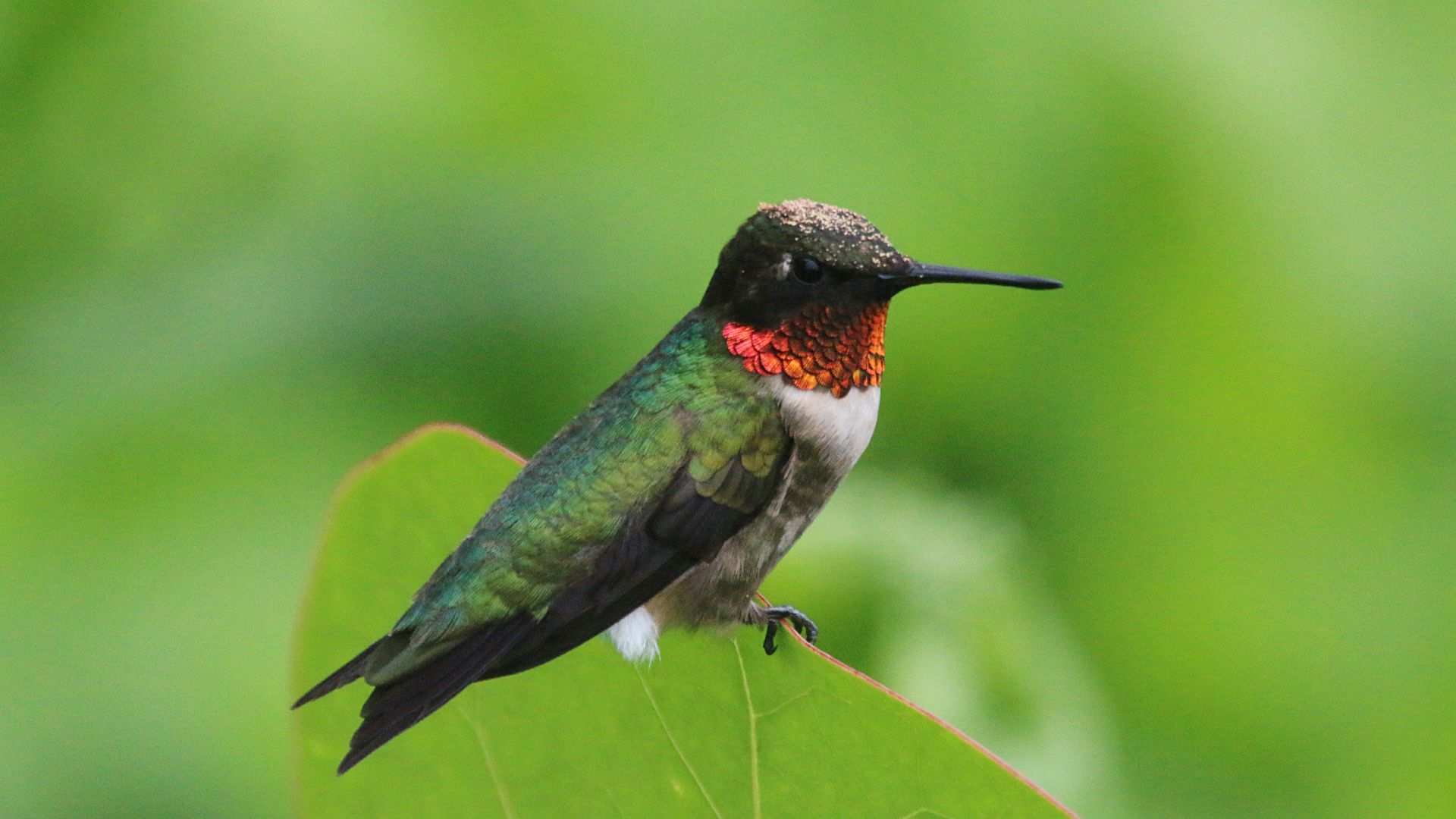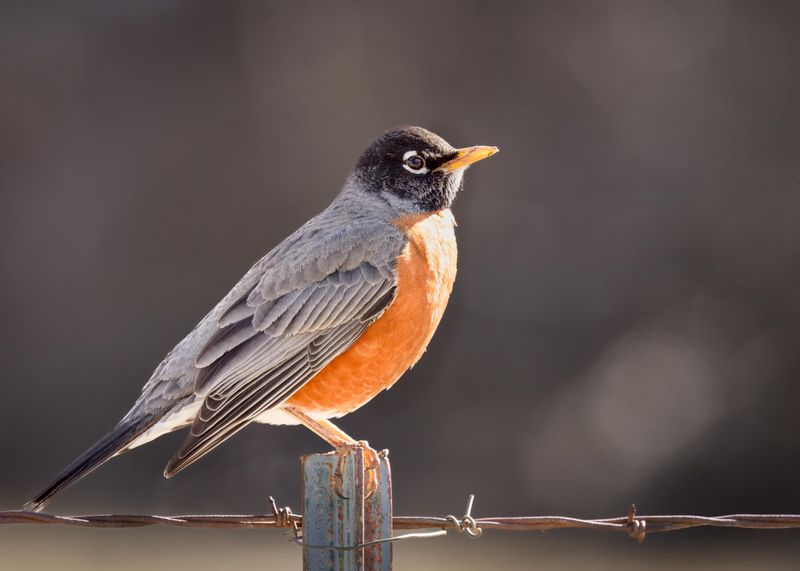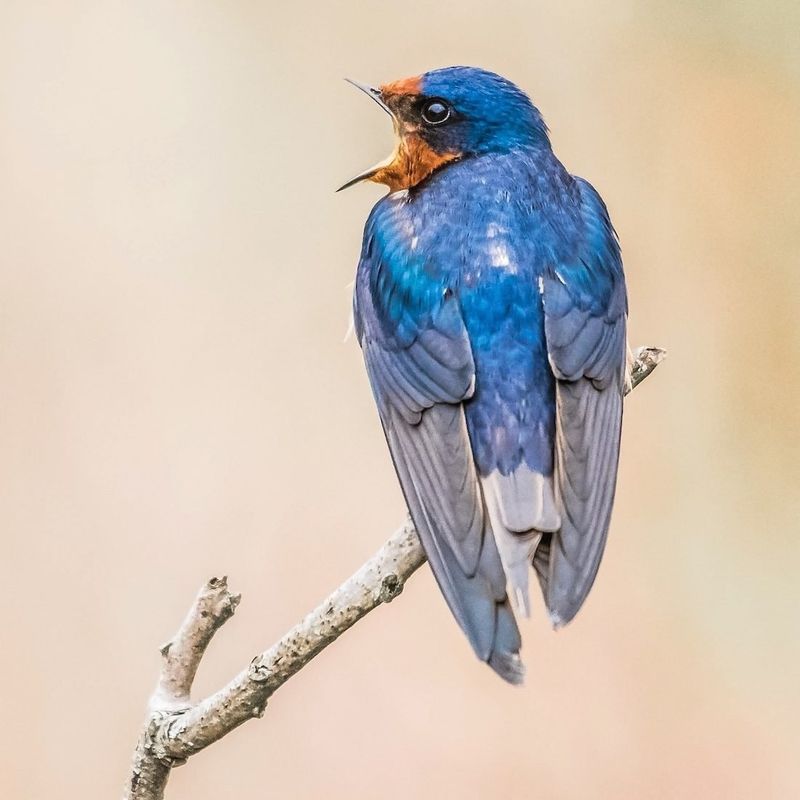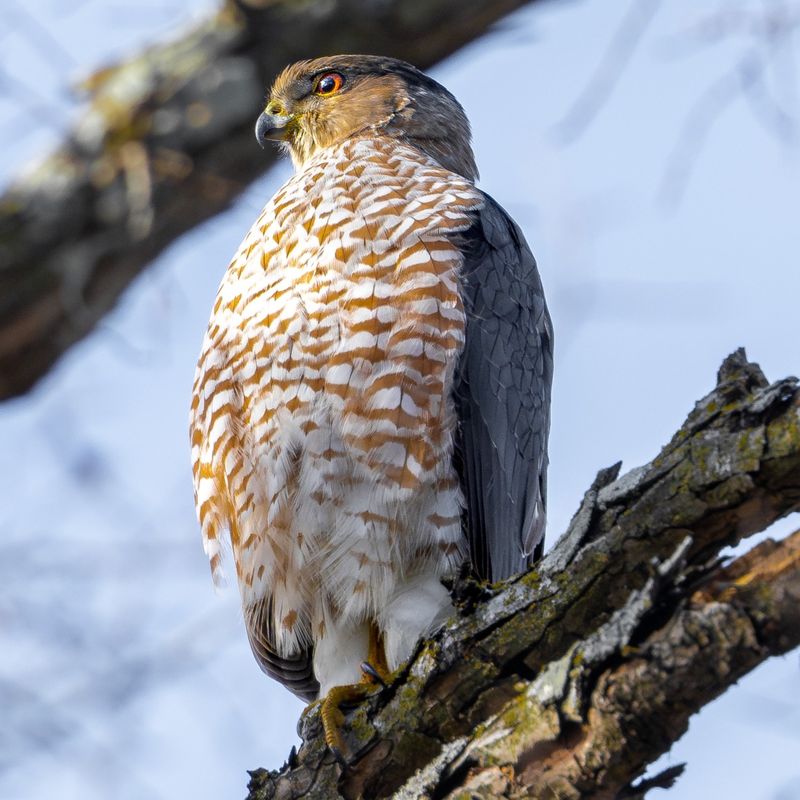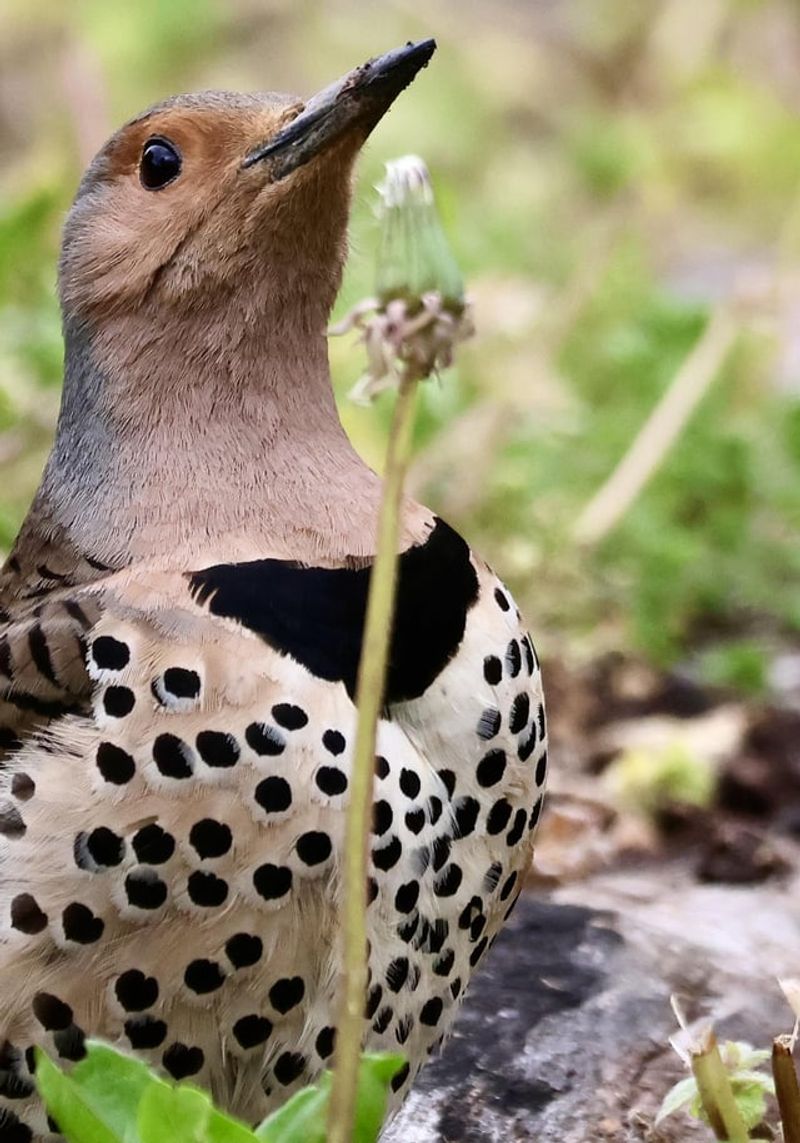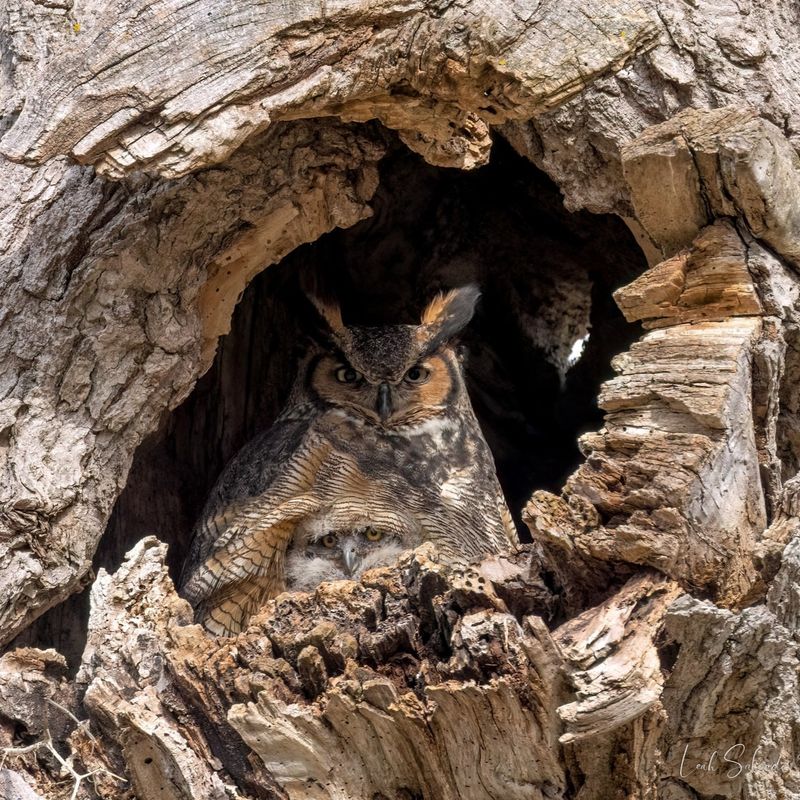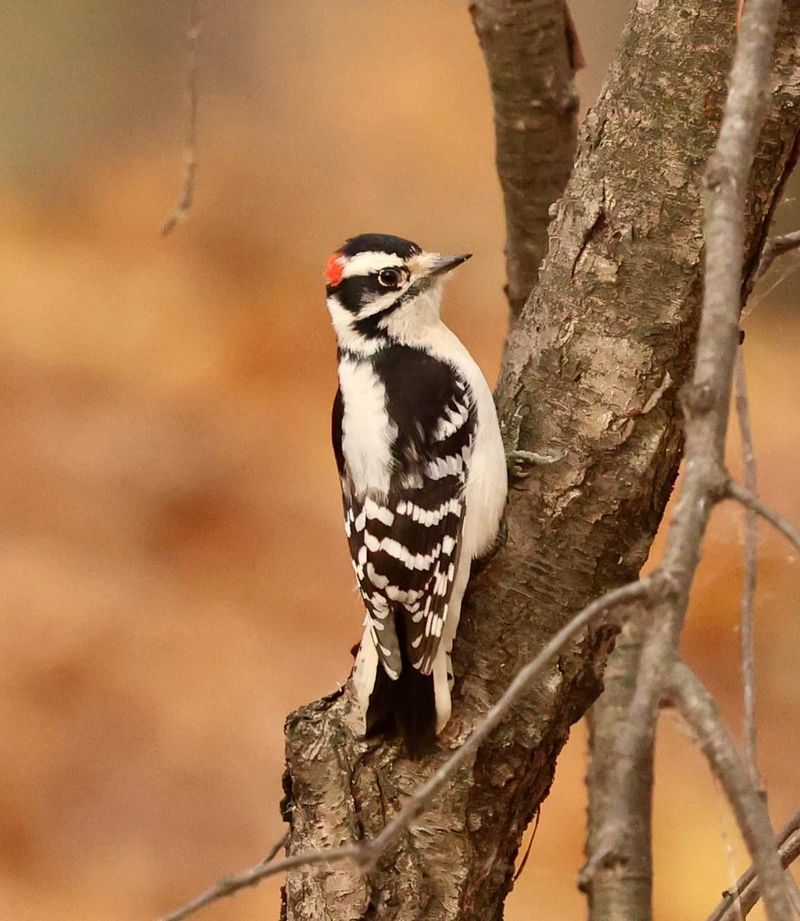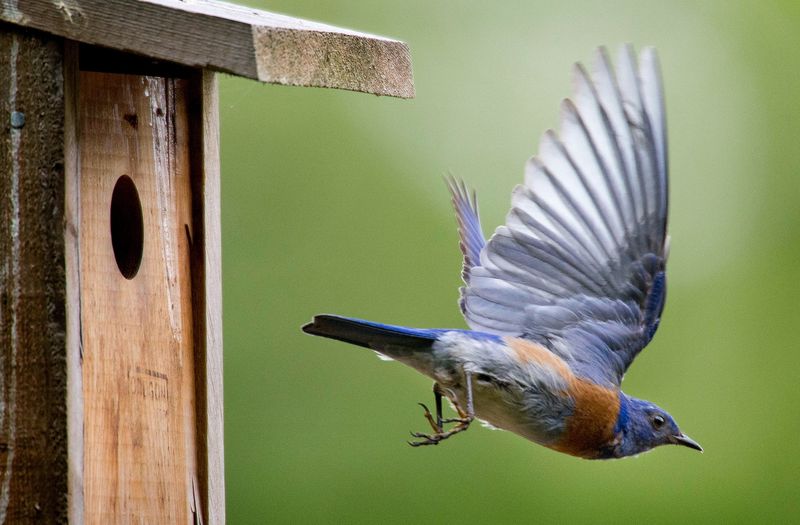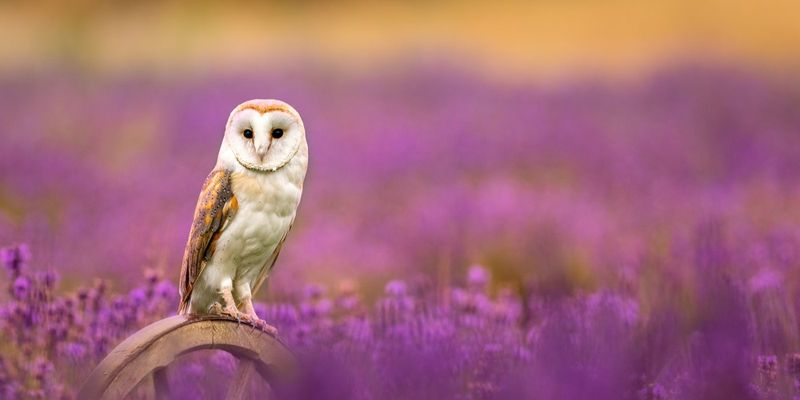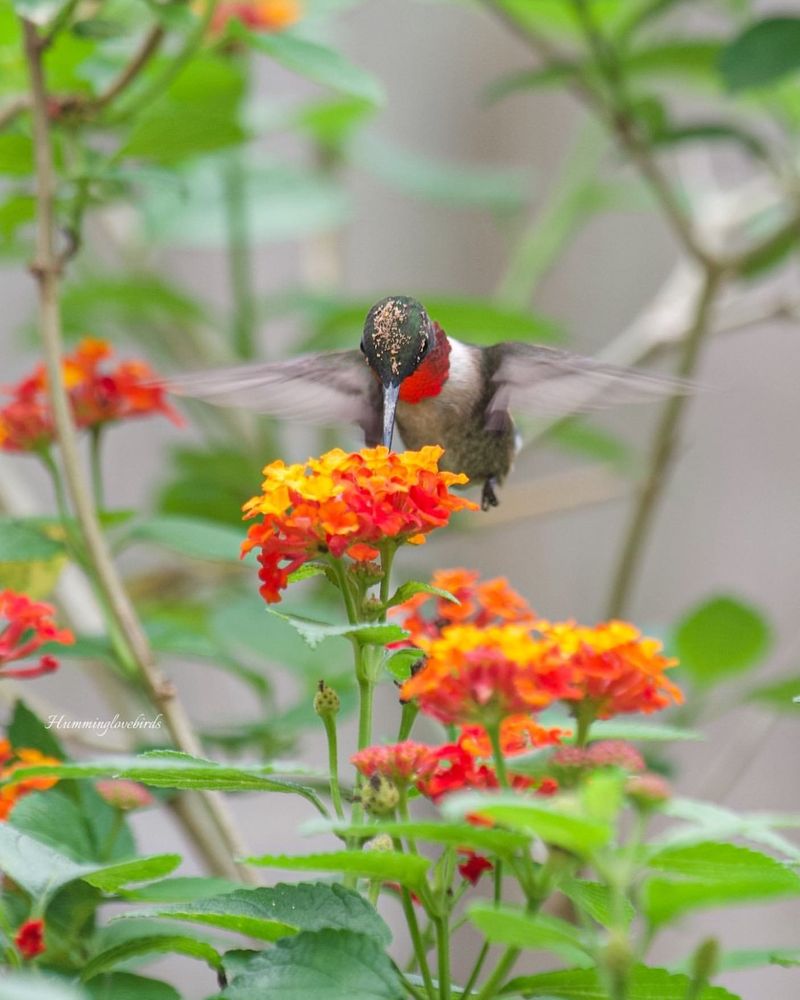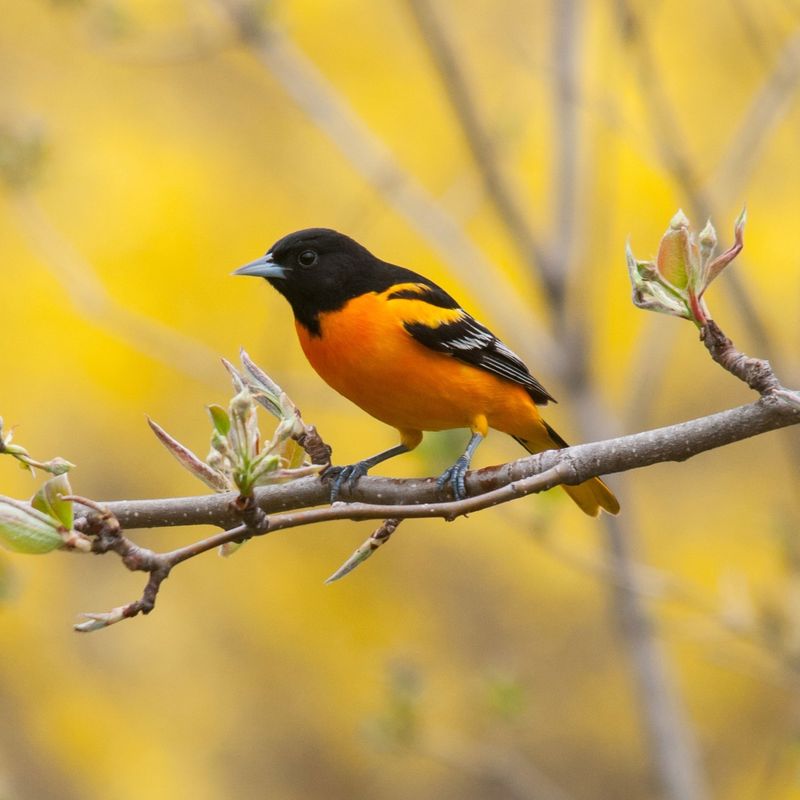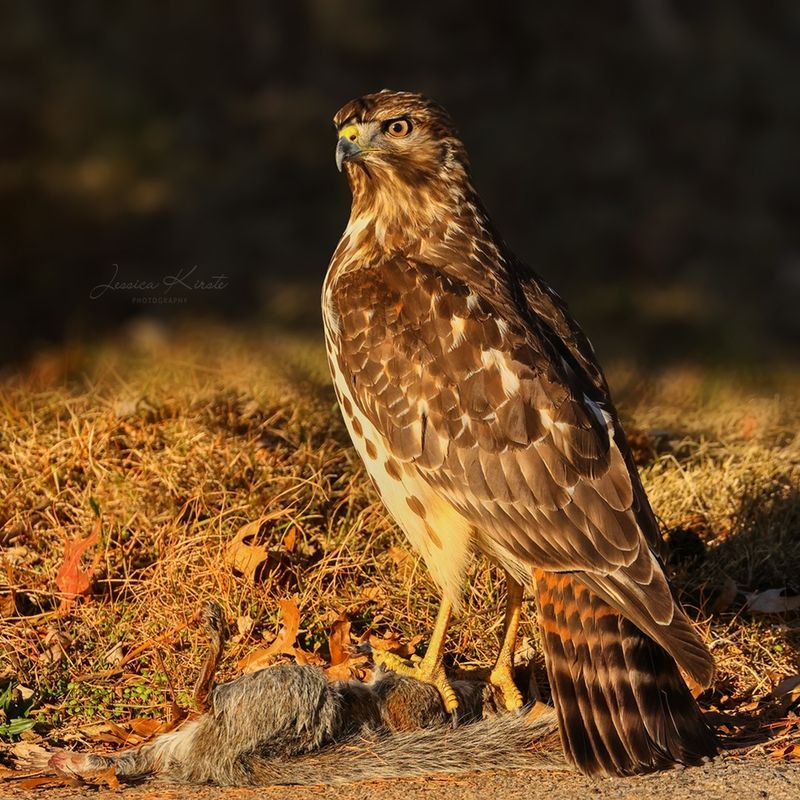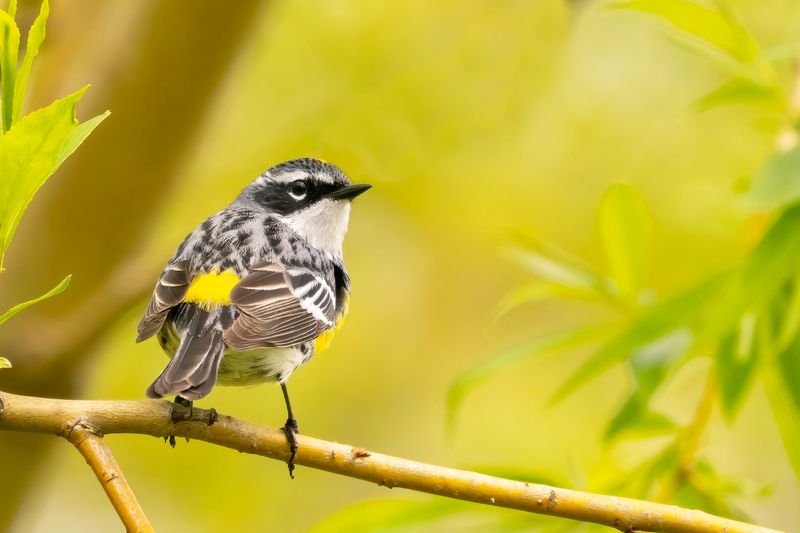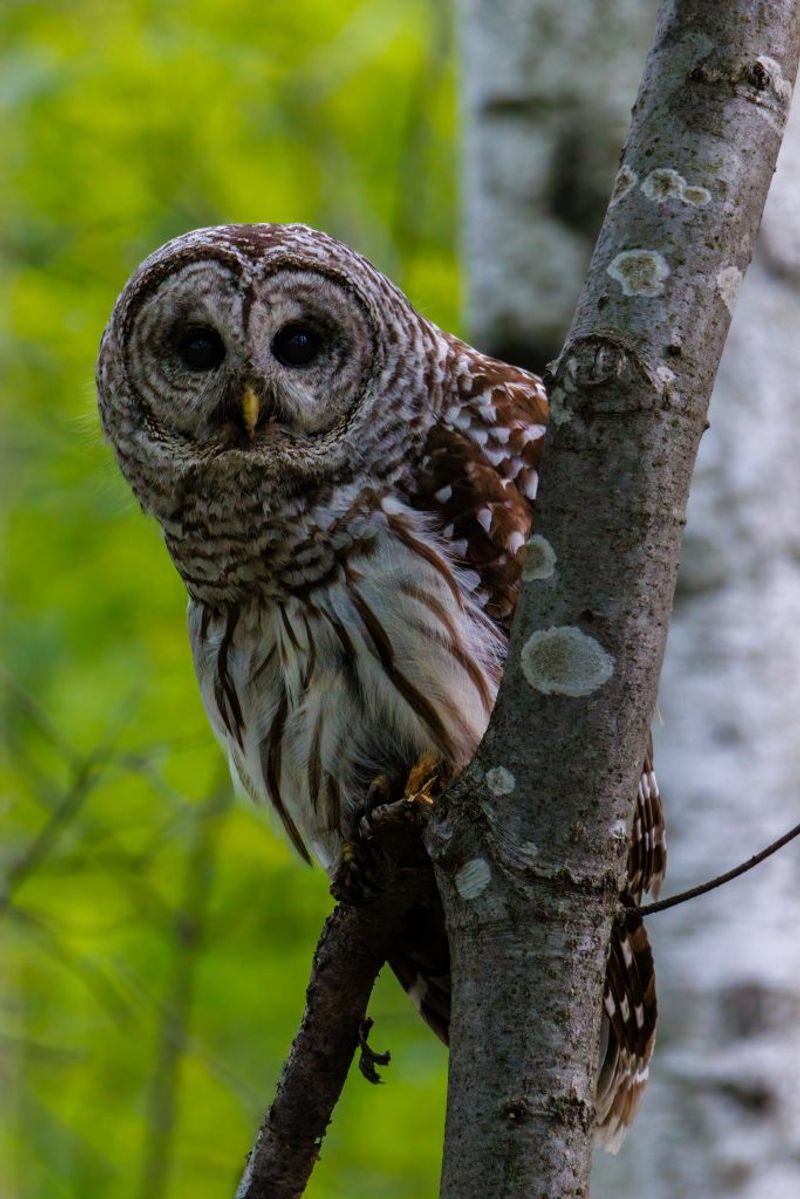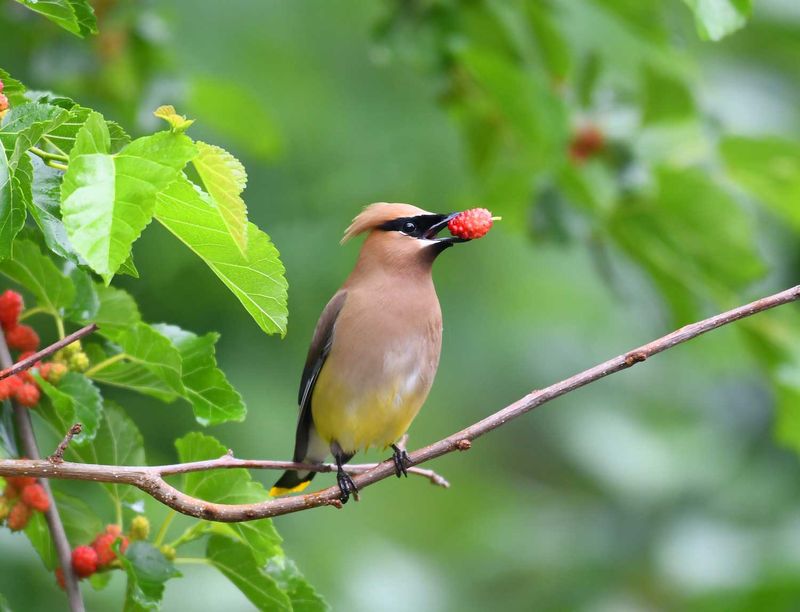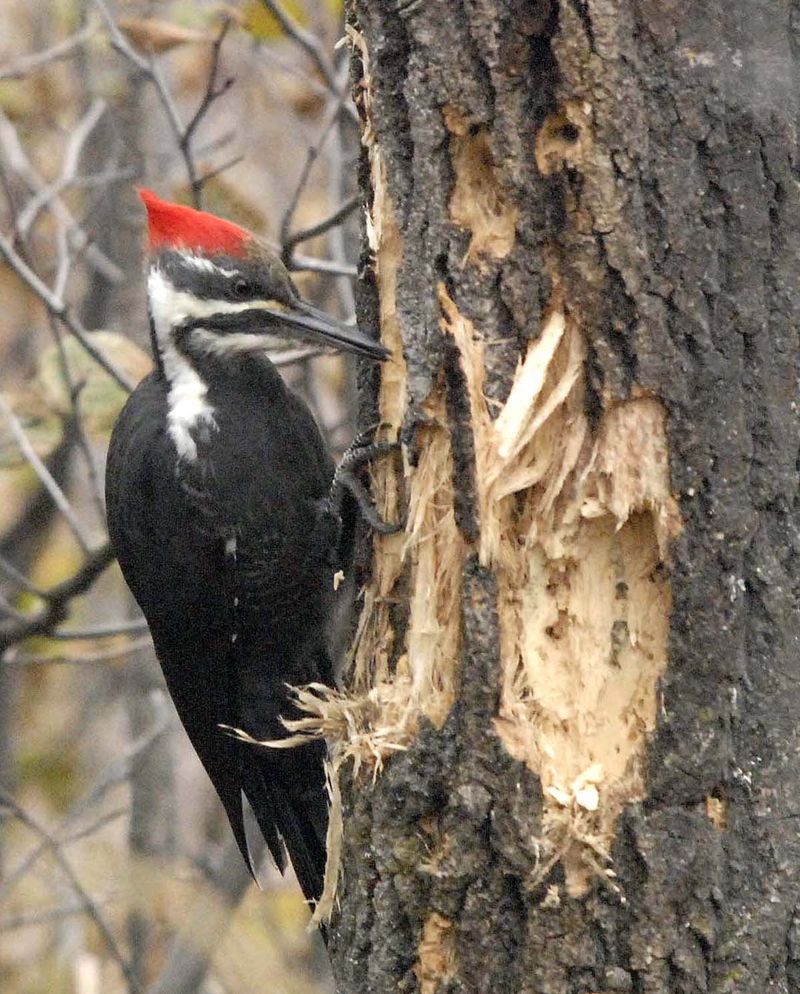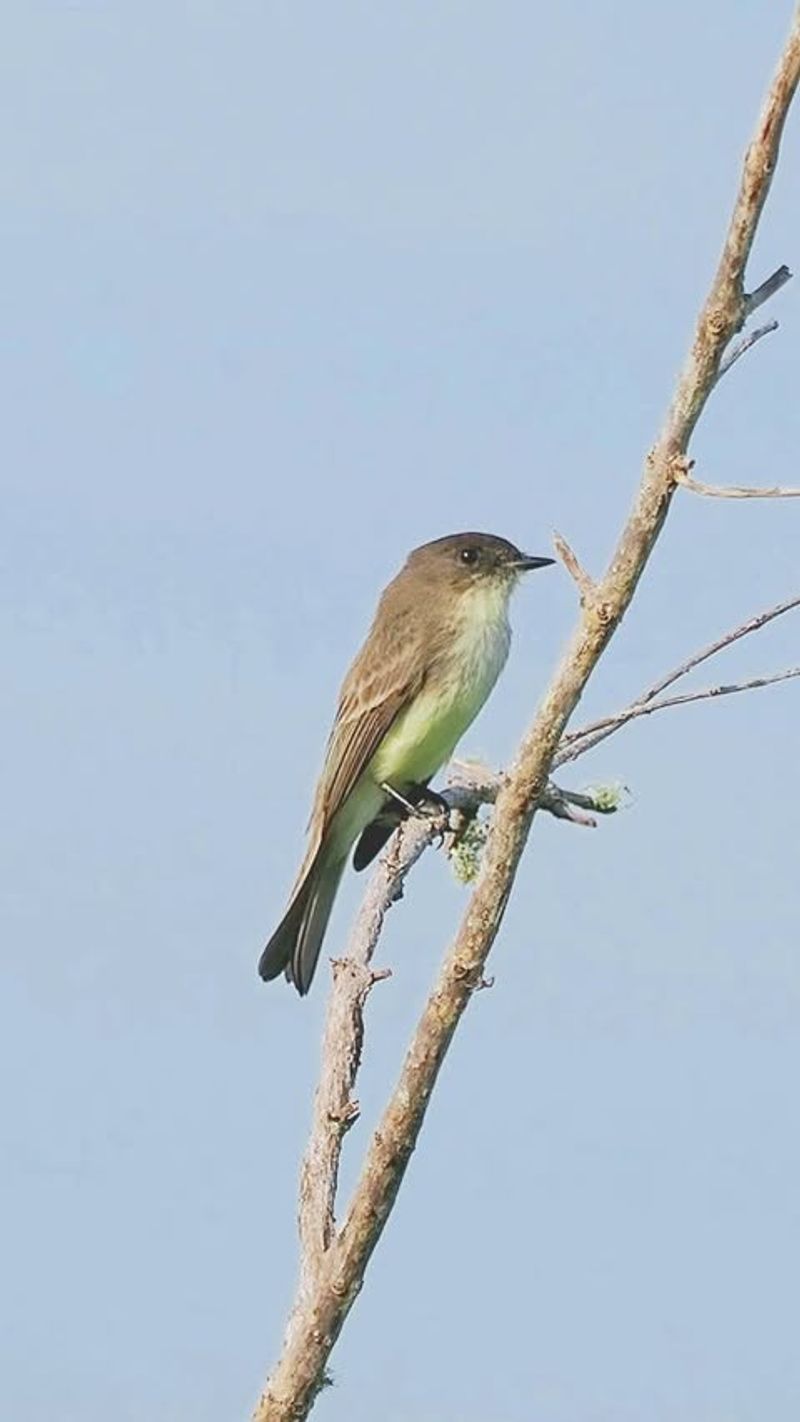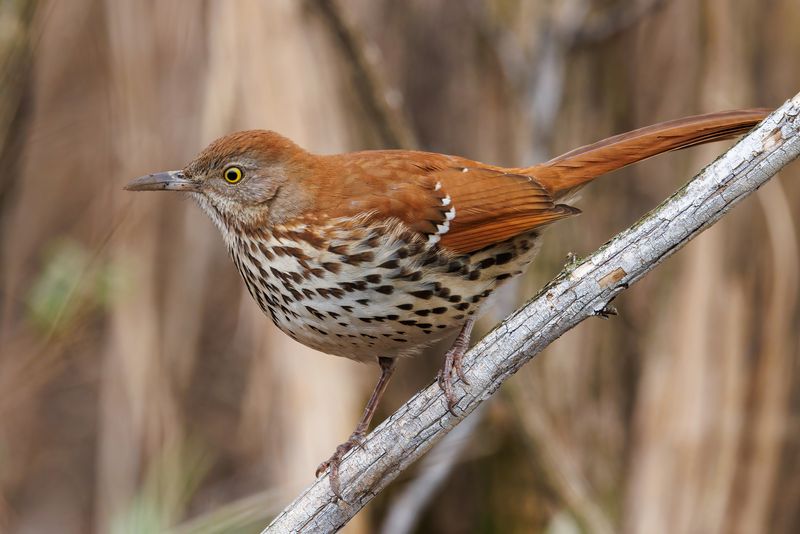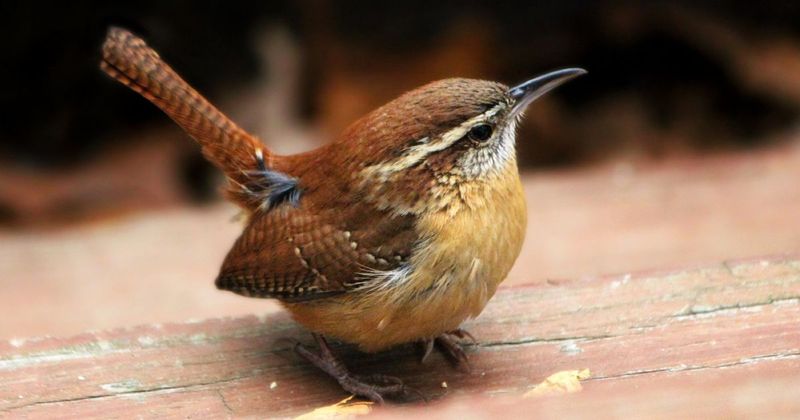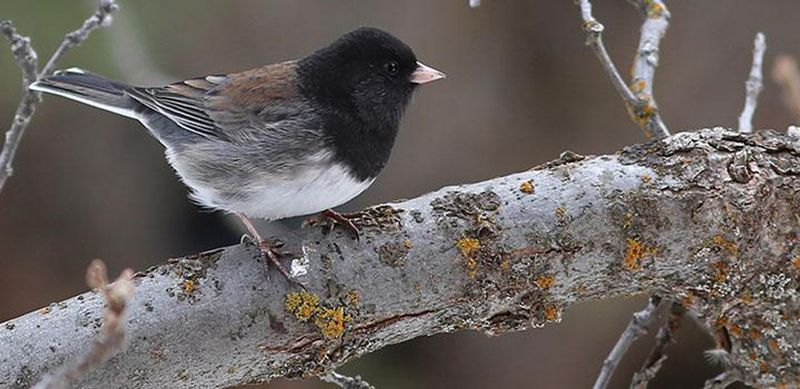Our backyards are more than just green spaces—they’re safe havens for countless birds that keep local ecosystems in balance. It’s tempting to get up close, especially when a bright flash of feathers catches your eye. But sometimes, the best way to care is to simply observe.
Many bird species are protected by law and rely on your garden for shelter, food, or nesting space. Some eat pests, others spread seeds or pollinate flowers—quietly supporting your backyard’s health. Their presence is a sign your space is thriving.
By learning which birds to admire from afar, you help keep them safe and stress-free. It’s a win-win: they continue their vital work, and you get a front-row seat to the magic of nature at its best.
1. American Robins Need Peace During Nesting Season
Federal laws protect these familiar orange-breasted birds, making it illegal to disturb their nests or young. Most people don’t realize that robins consume vast quantities of insects that would otherwise damage garden plants.
During spring, they build mud-lined nests that require significant energy to construct. I’ve watched robins in my yard return to the same nesting sites year after year when left undisturbed.
Should you find a baby robin on the ground, resist the urge to help—parent birds are usually nearby and continue caring for fledglings learning to fly.
2. Barn Swallows Control Mosquito Populations
Every summer, these aerial acrobats consume thousands of mosquitoes and flying insects daily, providing natural pest control around your home. Their distinctive forked tails and blue-black coloring make them easy to identify as they swoop through the air.
Mud nests built under eaves or porch roofs might seem messy, but they represent hours of careful construction. My porch has hosted the same swallow family for three consecutive summers.
Federal protection under the Migratory Bird Treaty Act means disturbing active nests is against the law, carrying potential fines.
3. Cooper’s Hawks Keep Rodent Populations In Check
Many homeowners misunderstand these medium-sized hawks, viewing them as threats when they’re actually valuable rodent controllers. Their presence indicates a healthy ecosystem in your neighborhood, as they occupy an important position in the food chain.
Watching one perched in my oak tree last fall, I witnessed it catch a mouse that had been damaging my garden beds. The hawk’s hunting skills were impressive and beneficial.
Legal protection means these birds cannot be harassed or removed, even when they occasionally hunt smaller birds at feeders—it’s simply nature’s way of maintaining balance.
4. Northern Flickers Devour Garden-Damaging Ants
Unlike typical woodpeckers, these spotted birds often feed on the ground, using their specialized beaks to probe for ants and beetle larvae. A single flicker can consume thousands of ants in one day, naturally controlling populations that might otherwise invade your home.
Their distinctive yellow or red underwing flashes and spotted bellies make them among the most colorful visitors to many yards. The hammering sound they sometimes make on houses is brief and typically occurs during mating season.
Last spring, a flicker pair cleared an anthill near my patio that had been problematic for months—nature’s pest control at its finest.
5. Great Horned Owls Provide Natural Rodent Control
Nocturnal hunters with distinctive ear tufts, these impressive owls keep rats, mice, and even rabbits in check around your property. A single owl family can consume dozens of rodents weekly, providing free pest management services.
Their haunting hoots might wake you occasionally, but consider it a reminder of the valuable work they’re doing while you sleep. Many gardeners would pay good money for such effective rodent control.
Years ago, a pair nested in my neighbor’s pine tree, and that summer was the first time in memory we had no issues with garden-raiding rabbits or mice in the garage.
6. Downy Woodpeckers Target Insect Pests In Trees
Small but mighty, these black and white woodpeckers hunt for wood-boring beetles and insect larvae that damage trees. Their specialized tongues can reach deep into bark crevices to extract pests that other predators miss.
Contrary to popular belief, healthy trees aren’t harmed by their pecking—the birds actually help prevent insect infestations that could kill your valuable landscape trees. The small holes they create while foraging actually benefit trees by removing harmful insects.
One summer, I watched a downy pair methodically work their way up my apple tree, likely removing codling moth larvae that would have ruined the fruit crop.
7. Eastern Bluebirds Struggle Against Habitat Loss
Conservation efforts have helped these azure beauties recover from severe population declines, but they still face challenges finding suitable nesting sites. Their insect-hunting skills benefit gardens tremendously, as they target caterpillars and beetles that damage plants.
Males display brilliant blue plumage that brightens any landscape, while females show more subdued but equally beautiful coloring. Providing nesting boxes has been crucial to their recovery in many areas.
The family that nested in my bluebird house last spring consumed countless cutworms that had previously devastated my vegetable seedlings—a perfect example of natural garden allies at work.
8. Barn Owls Face Declining Populations
Heart-shaped faces and ghostly white plumage make these nocturnal hunters unmistakable—and incredibly valuable for controlling rodents. A single barn owl family can consume over 1,000 mice in one nesting season, providing free and natural pest control.
Habitat loss has severely impacted their numbers, making each nesting pair precious for conservation. Their silent flight allows them to hunt without alerting prey, making them extraordinarily efficient predators.
My rural friend installed a barn owl nesting box five years ago, and the resident owls have eliminated the need for rodent poisons around his property—a win for both wildlife and environmental health.
9. Ruby-throated Hummingbirds Serve As Pollinators
Beyond their dazzling appearance, these tiny birds play crucial roles in pollinating flowers while collecting nectar. Their long bills and specialized tongues allow them to reach deep into blossoms that other pollinators cannot access.
Weighing less than a penny, these aerial marvels make incredible migratory journeys across the Gulf of Mexico each year. Many gardeners notice increased fruit yields in plants visited by hummingbirds due to their pollination services.
The family that visits my trumpet vine each summer has helped it produce viable seeds, resulting in volunteer plants that now attract even more pollinators to my garden.
10. Baltimore Orioles Eliminate Pest Caterpillars
Brilliant orange and black plumage makes male orioles among the most striking birds to visit backyards. Their specialized diet includes tent caterpillars and other destructive larvae that can defoliate trees when left unchecked.
Nesting high in deciduous trees, these birds construct remarkable hanging basket nests that showcase their architectural skills. Few predators can reach these carefully suspended nurseries.
Several years ago, when my neighborhood experienced a gypsy moth outbreak, the oriole pair in my yard worked tirelessly collecting caterpillars for their nestlings—my maple tree was one of the few that retained most of its leaves that summer.
11. Red-tailed Hawks Maintain Ecosystem Balance
Often misunderstood when seen in residential areas, these majestic raptors primarily hunt rodents and small mammals that can damage gardens and spread disease. Their keen eyesight allows them to spot mice from high perches, making them efficient controllers of pest populations.
Protected by federal law, disturbing these hawks or their nests carries significant penalties. Their distinctive screech is frequently used in movies as the generic “eagle sound,” though real eagles sound quite different.
The pair that hunts over my neighborhood has noticeably reduced the ground squirrel population that once tunneled extensively under my garden beds—nature’s pest control at work.
12. Yellow-rumped Warblers Clear Insects From Gardens
Migratory visitors in many regions, these active little birds consume massive quantities of insects during their stays. Their ability to digest waxy berries like bayberry and wax myrtle allows them to survive in areas where other warblers cannot, especially during colder months.
Distinctive yellow patches on their rumps, sides, and crowns make identification relatively easy among warblers. They often travel in small flocks, thoroughly gleaning insects from foliage.
During migration seasons, I’ve watched groups systematically work through my garden beds, picking off aphids and small caterpillars that would otherwise damage my plants—free pest control from these energetic visitors.
13. Barred Owls Help Control Nocturnal Pests
Known for their distinctive “who cooks for you” call, these woodland owls hunt mice, voles, and other garden-damaging rodents after dark. Their specialized feathers allow nearly silent flight, making them incredibly efficient nighttime predators.
Unlike some owl species, barred owls may be active during daylight hours, especially in deeply wooded areas. Their dark eyes (unusual among owls) and rounded heads without ear tufts make them easily recognizable.
The family that nested near my property last year eliminated the mole problem that had plagued my lawn for several seasons—a natural solution I hadn’t even considered until I noticed their presence.
14. Cedar Waxwings Control Fruit Tree Pests
Sleek and social, these crested birds with black masks help manage insect populations in fruit trees before switching to berry diets. Their name comes from the waxy red tips on wing feathers that look like drops of sealing wax.
Traveling in flocks, they may briefly strip berries from ornamental trees, but this temporary harvest helps spread seeds through their droppings. The process contributes to natural plant distribution throughout neighborhoods.
Last winter, a flock spent three days in my yard, completely clearing the persistent aphid infestation from my crabapple tree before moving on—a service any gardener would appreciate.
15. Pileated Woodpeckers Save Trees From Destructive Insects
Crow-sized with dramatic red crests, these woodpeckers excavate rectangular holes while hunting carpenter ants and wood-boring beetles that damage trees. Their powerful bills can access insect galleries deep within wood that would otherwise continue spreading undetected.
Rather than harming forests, their excavations create crucial nesting cavities for many other wildlife species. The holes they abandon become homes for owls, ducks, and various small mammals.
A pair that occasionally visits the dead tree I intentionally left standing has prevented carpenter ant colonies from spreading to my healthy trees—a service that’s worth far more than any aesthetic concerns about their drilling.
16. Eastern Phoebes Catch Flying Insects Mid-Air
Constantly wagging their tails while perched, these flycatchers snatch mosquitoes, flies, and gnats from the air around your yard. Their habit of returning to the same perch after aerial hunting makes them fascinating to watch as they patrol for insects.
Building mud-based nests on structures like porches and barns, they often reuse the same nest year after year. Some nests have been documented in continuous use for over 20 years by successive generations.
The pair that nests under my porch eave has dramatically reduced the mosquito population around my patio—I can now enjoy summer evenings outside without chemical repellents.
17. Brown Thrashers Protect Garden Soil Ecosystems
Rusty-colored with distinctive long, curved bills, these ground-foraging birds turn over leaf litter while hunting insects that would otherwise damage garden plants. Their habit of “thrashing” through ground debris helps aerate soil and distribute organic matter.
Known for their impressive vocal repertoire, thrashers can mimic dozens of other bird songs and sounds. Their presence indicates a healthy garden ecosystem with minimal pesticide use.
Watching a thrasher methodically work through my mulched perennial beds last spring, I noticed it extracted numerous cutworms and grubs that would have damaged my plants—nature’s gardening assistant at work.
18. Carolina Wrens Devour Garden-Damaging Insects
Small but vocal, these cinnamon-colored wrens have enormous appetites for insects that plague gardens. Their distinctive upturned tails and loud, musical calls make them easy to identify despite their small size and secretive habits.
Capable of consuming hundreds of insects daily, including beetles, caterpillars, and grasshoppers, they provide valuable pest management services. Their specialized bills can probe into crevices where many insect pests hide from other predators.
The family that nested in my garden shed eliminated the cucumber beetle problem that had previously destroyed my squash plants—I haven’t needed to use insecticides since they established their territory.
19. Dark-eyed Juncos Clean Up Weed Seeds
Often called “snowbirds” because they appear in many areas as winter approaches, these ground-feeding birds consume countless weed seeds. Their preference for eating seeds that fall to the ground makes them valuable partners in preventing next year’s weed problems.
Distinctive white outer tail feathers flash when they fly, making them easy to identify even from a distance. Studies show a single junco can eat thousands of weed seeds weekly during winter months.
Last winter, a flock spent months under my bird feeders, not just cleaning up spilled seed but also systematically working through my garden beds consuming weed seeds—significantly reducing my spring weeding chores.

